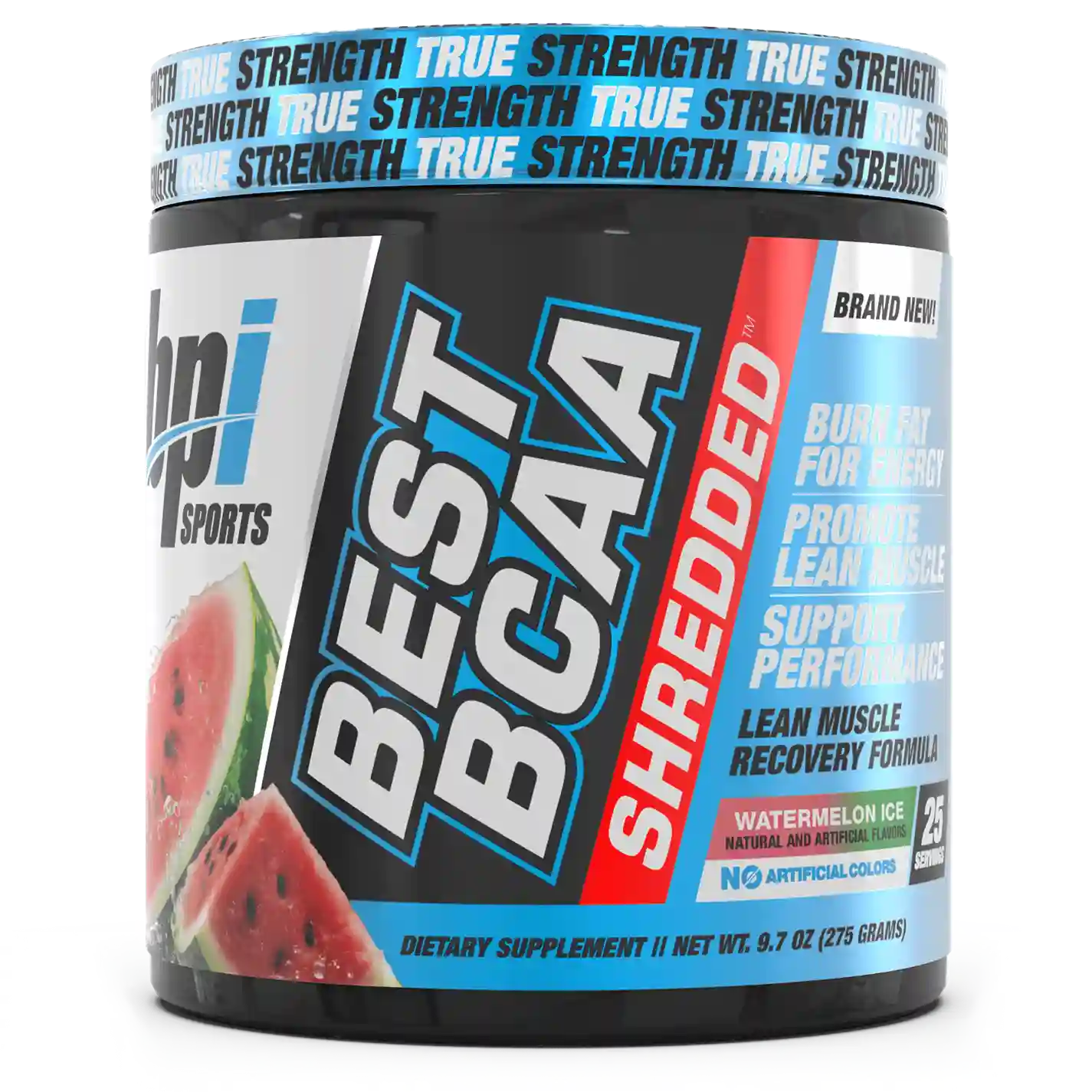A strong upper body not only enhances your physique but also improves functional strength, athletic performance, and overall health. Whether you're a beginner or a seasoned lifter, these expert tips will help you maximize your upper body workouts and achieve your fitness goals.
1. Start with a Solid Warm-up
Before diving into heavy lifts, it’s crucial to prepare your muscles and joints for the workout ahead. A proper warm-up increases blood flow, enhances flexibility, and reduces the risk of injury. Consider incorporating:
- Dynamic stretches: Arm circles, shoulder rolls, and torso twists.
- Light cardio: Jump rope or rowing for 5-10 minutes.
- Activation exercises: Resistance band pull-aparts and shoulder mobility drills.
2. Focus on Compound Movements
Compound exercises engage multiple muscle groups simultaneously, making them essential for upper body development. These movements help you gain strength and muscle mass efficiently:
- Bench Press: Targets the chest, shoulders, and triceps.
- Pull-Ups/Chin-Ups: Engages the back, biceps, and shoulders.
- Overhead Shoulder Press: Strengthens the shoulders and triceps.
- Bent-over Rows: Focuses on the upper back and biceps.
- Dips: Activates the chest, triceps, and shoulders.
Incorporate these exercises into your routine to build well-rounded upper body strength.
3. Implement Progressive Overload
To build muscle and strength over time, you must continuously challenge your muscles. Progressive overload means gradually increasing the resistance, volume, or intensity of your workouts. Here’s how you can apply it:
- Increase weight: Lift slightly heavier weights as you get stronger.
- Increase reps and sets: Gradually perform more repetitions or additional sets.
- Improve time under tension: Slow down the eccentric (lowering) phase of exercises.
- Minimize rest time: Reduce the rest period between sets for added intensity.
By progressively overloading your muscles, you'll ensure consistent growth and avoid plateaus.
4. Maintain Proper Form
Proper form is essential to prevent injuries and maximize effectiveness. Common mistakes such as arching the back, using momentum, or overloading the weight can lead to injury. Follow these tips:
- Keep a neutral spine and engage your core.
- Control the movement; don’t rely on momentum.
- Ensure a full range of motion to maximize muscle engagement.
If unsure about your technique, consult a trainer or watch instructional videos.
5. Don’t Neglect Supporting Muscles
While major muscle groups like the chest, shoulders, and back get most of the attention, supporting muscles play a crucial role in overall strength and injury prevention. Include accessory exercises like:
- Face Pulls: Strengthens rear delts and rotator cuffs.
- Trap Raises: Enhances upper back and shoulder stability.
- Farmer’s Carry: Improves grip strength and posture.
By focusing on these smaller muscles, you can improve performance and reduce injury risk.
6. Fuel Your Workouts with Proper Nutrition
Nutrition plays a significant role in muscle recovery and growth. A well-balanced diet should include:
- Protein: Essential for muscle repair and growth (chicken, fish, eggs, protein shakes).
- Carbohydrates: Provides energy for intense workouts (oats, rice, sweet potatoes).
- Healthy Fats: Supports hormone function (avocados, nuts, olive oil).
BCAAs (Branched-Chain Amino Acids): Consuming BCAAs during workouts can enhance endurance, reduce muscle soreness, and speed up recovery. BPI Sports' Best BCAA is a great supplement to support muscle recovery and performance.
7. Include a Variety of Rep Ranges
To optimize muscle growth, incorporate different rep ranges:
- Strength Training (1-5 reps): Maximizes power and strength.
- Hypertrophy Training (6-12 reps): Ideal for muscle growth.
- Endurance Training (12+ reps): Enhances muscular endurance and conditioning.
Mixing rep ranges in your training can lead to well-rounded upper body development.
8. Train with Proper Frequency
How often you train your upper body depends on your fitness goals. For muscle growth and strength, consider:
- Beginners: Train upper body 2-3 times per week.
- Intermediate to Advanced: 3-4 sessions per week, with varied intensity.
- Balanced Routine: Ensure rest days and alternate push/pull workouts to avoid overtraining.
9. Ensure Adequate Recovery
Rest and recovery are as important as training. Muscles grow and repair during recovery, not during workouts. Follow these recovery strategies:
- Sleep: Aim for 7-9 hours per night.
- Hydration: Drink plenty of water throughout the day.
- Stretching and Foam Rolling: Helps relieve muscle tightness and improves flexibility.
10. Stay Consistent and Track Progress
Results take time, so consistency is key. Keep a workout journal or use fitness apps to track your weights, reps, and progress over time. Celebrate small victories and adjust your program as needed.
Final Thoughts
Building upper body strength requires dedication, proper technique, and smart training strategies. By incorporating compound movements, maintaining proper form, implementing progressive overload, and ensuring adequate recovery, you can achieve a well-defined and powerful upper body. Stay patient, fuel your body correctly, and keep pushing forward. Your best physique is within reach!
For superior workout performance and recovery, trust BPI Sports to provide high-quality supplements that support your fitness journey.


